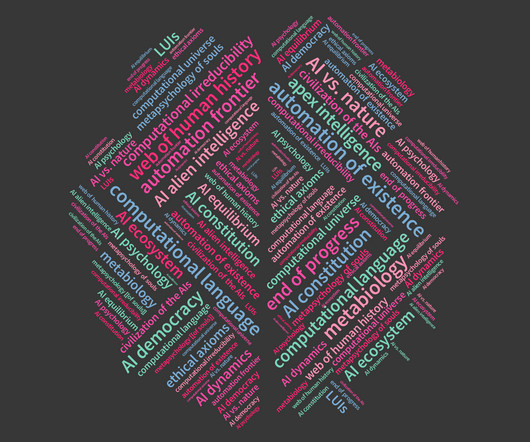Imaging the invisible: how can research software and imaging techniques help scientists study the things we can’t see?
Futurum
NOVEMBER 1, 2022
As a result, a new discipline, known as research computing, has emerged to apply computers, not just software, to research including to help scientists capture images, construct models, which are turned into simulations, and analyse results. Research computing is a sub-discipline of computer science. Scientific imaging in physics.











Let's personalize your content